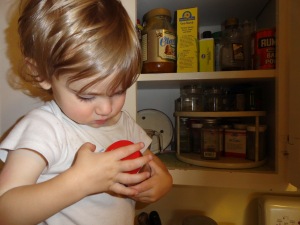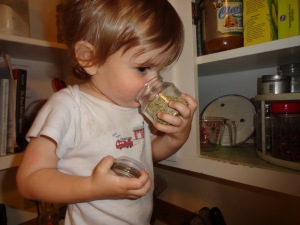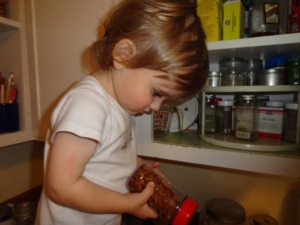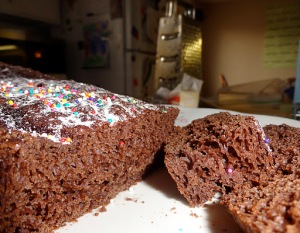It’s that time of year. Christmas is behind us, spring seems so close and yet so far away. The winter doldrums have set in and we all feel restless. We want to shake things up. We want to breathe some life into the dreary surroundings. We want things to feel fresh and new rather than bleak and stagnant.
There are two things I always do this time of year – not intentionally, just as a result of a natural internal prompting. The first is to makeover my house. In the last couple of weeks I’ve bought a new (to me) couch, a new (to me) ottoman, a new rug, new (to me) lamps, a new shower curtain, and I’ve picked out paint colors and fabric swatches and on and on to spruce up my space. I love home makeovers on the cheap. The process revives me, and I always seem to go at it full force in January and February.
The other thing I always do in February, and I know I am not alone here, is rethink my home school. My oldest is in third grade now, and this is the first year this rethinking has not included the process of browsing local school websites.
I know lots of homeschooling moms come to February and start to think, “What am I doing? I am totally screwing this up. There is no way I’m teaching him everything he needs to know. We fight all the time. How do I know he’s learning what he needs to? I’m so tired of the daily battles! This isn’t what I thought homeschooling would be!”
I have so been there. And I will be there again, no doubt. But since I’m not in that space at this exact moment, I want to share some encouragement for those who are – and for myself when I return there in the future!
So here are my words of encouragement to you, and to future me.
- You’re doing awesome. The sacrifices you are making for your children right now are huge and important and good. Homeschooling is an amazing gift you give your child even when it’s not perfect.
- School won’t fix it. Whatever “it” is, if your true desire is to homeschool, you can find a way to fix “it” at home. You may need to find more social opportunities – or cut back on social stuff for awhile. You may need to “buckle down” a little more with formal work – or you may need to take a break from the formal book learning and try a more relaxed, less schooly approach for awhile. You may need more discipline, or more fun, or more outside help, or to tune others out and listen just to your own voice for a bit.
- Sending your kid to school will not end the battles over learning. It will simply transform them into battles over homework. Do you have friends with kids in school? Do you know how much homework they have? Do you know how many projects they have? Do you know how many parent/teacher conferences, and back-to-school nights and socials and fundraisers and etc., etc., etc., you will have to attend?
- Even if you’re a bad teacher (and I promise you, you’re not, because if you were, you would never even have tried this whole experiment because you just wouldn’t have cared enough to suffer the headaches and heartaches), but even if you are a bad teacher, your kid is getting the benefit of one-to-one instruction. Do not underestimate the value of this! Do you ever feel torn because your’e trying to meet the need of 3 different kids? Imagine a teacher who has to meet the needs of 30 different kids. And then, in an hour, gets a whole new batch of 30 kids she has to teach. Think it’s easier because they’re all supposed to be learning the same thing? It’s not, because every single kid is different. And nobody knows your kid like you do.
If you want to homeschool, you can. You can. If you don’t want to homeschool, that’s fine. There are great schools out there! I’m not one to tell you that your kid will be forever damaged if you send them to school. I know school works for a lot of families. But you chose homeschooling for a reason. Probably for lots of reasons. If those reasons haven’t changed, and you still want to homeschool, don’t give up because you don’t think you’re good enough! You are good enough! You may need to change something, maybe just your thinking or your expectations, but maybe a new curriculum will help.
Almost certainly you need to be kinder and gentler to yourself and step back and realize that you’re doing an amazing job. Take a few minutes to write down everything you do with your kids and everything they’re learning. You’ll be amazed. Because you are doing an amazing job. I’m going to say it one more time. You are amazing. Because if you weren’t, you would never have even tried this insane experiment.


































































